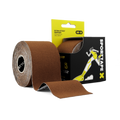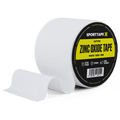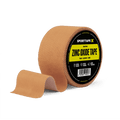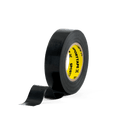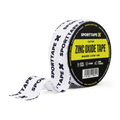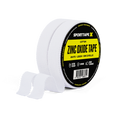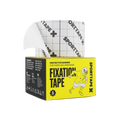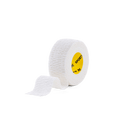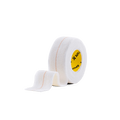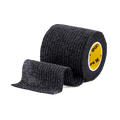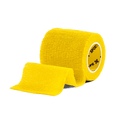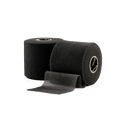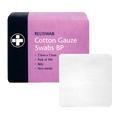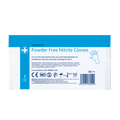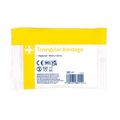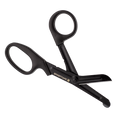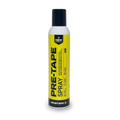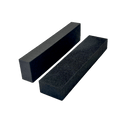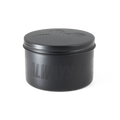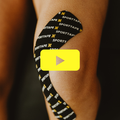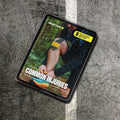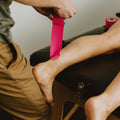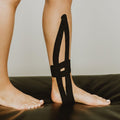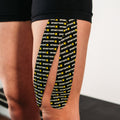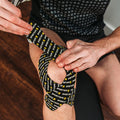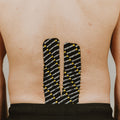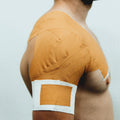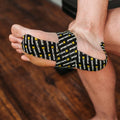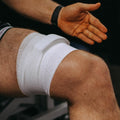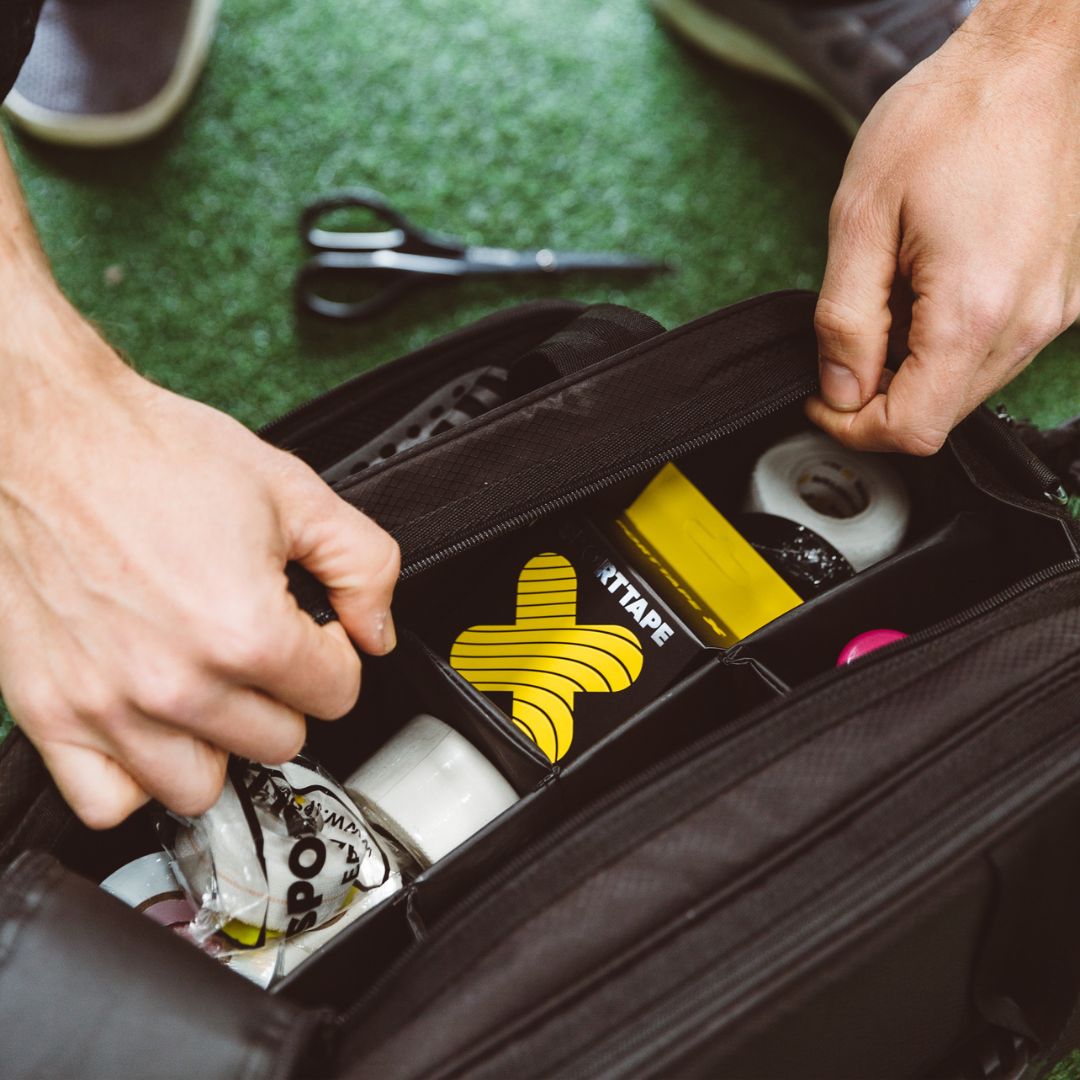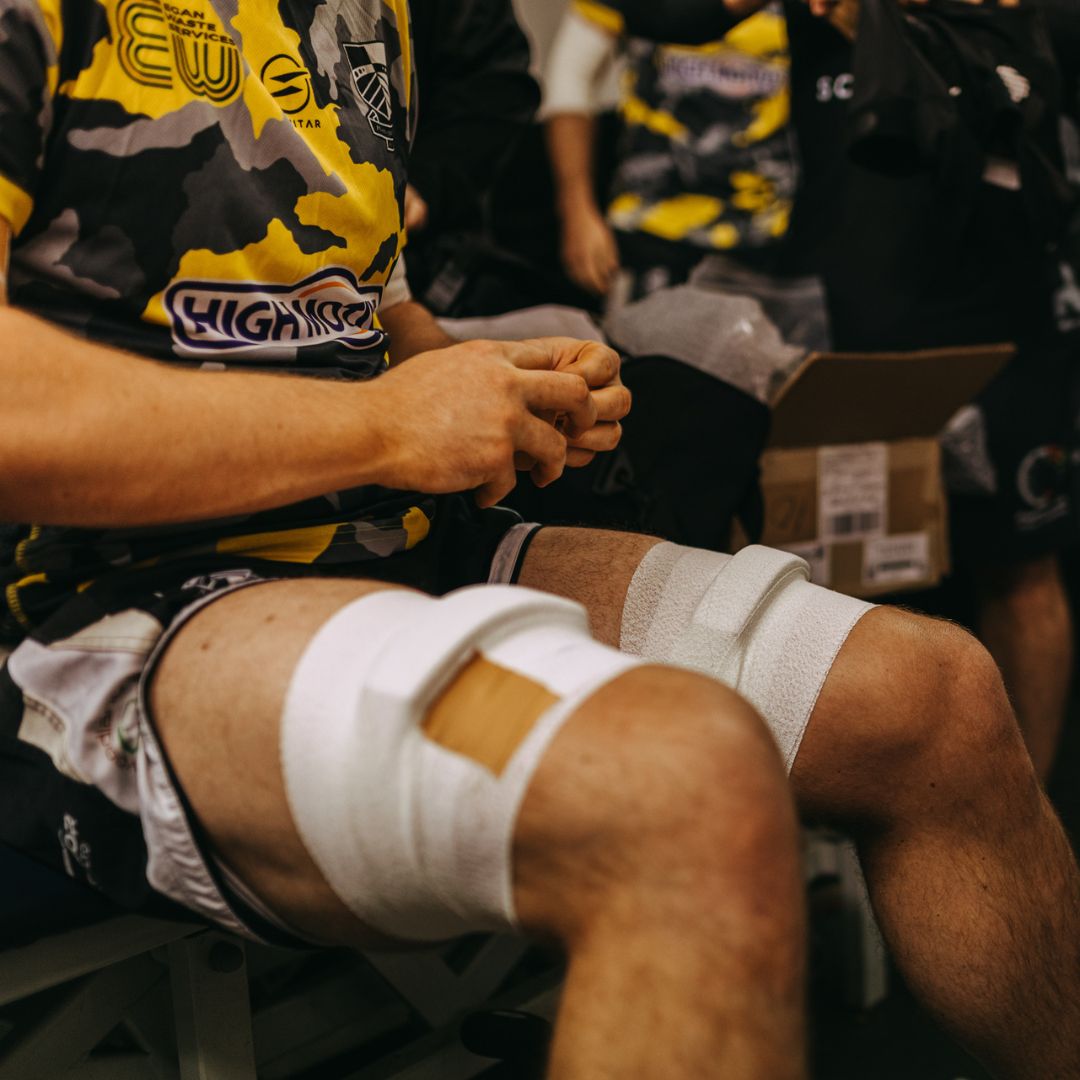If you're looking for a taping recommendation, we're ready and waiting to pass on our knowledge of exactly how to do so. However, it's really important that when you're applying tape, you're doing it safely and not causing more damage than you're solving.
We want to try and make sure you avoid harming your skin or worsening an injury, so this is our quick and easy guide on when not to tape. Some might be obvious to some of you, but they're all equally as important.
Let's get into it.
WHEN NOT TO TAPE:
DON'T APPLY TAPE IF YOU'VE GOT:
SENSITIVE/DAMAGED SKIN
This is a super common one that we get quite a bit. If your skin is particularly sensitive or already damaged in some way, don't put tape over it!
Kinesiology Tape is hypoallergenic, meaning that, given the ingredients in the glue, it's generally unlikely that you'll be allergic to it. So, if you've had your Kinesiology Tape on a few hours and it's starting to feel irritated, or perhaps you've taken it off and have a red mark where the strip was, it's likely that this is down to it being slightly overstretched.
Overstretching your strips will cause the tape to pinch the skin and usually result in a reaction or, sometimes, blistering. We tend to call it a 'traction reaction'. If that's happened, don't re-apply over it. Give your skin some time to heal!
For all other skin sensitivity issues, we'd always recommend doing a test patch before applying the tape, just to be safe.
AN INJURY WHERE TAPE ISN'T REQUIRED
Tape is a really useful tool for sport and injuries, however, it's not a miracle cure.
If you've picked up an injury on the pitch and think, 'I'll just tape it up and it'll be fine', think again. We would always recommend seeking some professional and medical advice before taping up an injury. Until you've been told that that it can help you during your rehab process, we'd definitely air on the side of caution.
It's worth noting that it does depend on the injury that you're dealing with. But, to be safe, check with your doctor first and get it diagnosed. It could be that tape actually worsens an injury that just needed a break.
If you've spoken to a physio/doctor and they've said it is a good option for you, check out our learning materials now!
BLOOD CIRCULATION ISSUES
Have you applied some tape and feel like you might have pins and needles? You may have wrapped it a little too tightly.
If you're someone who has any sort of blood circulation issues, you're going to want to make sure you aren't restricting too much blood flow when you're taping up. The obvious ways to check whether it's too tight is to press down on the skin. Does the colour return straight away? And shake out the body part a little. Does it feel numb?
If you're exercising and you feel yourself getting a little light headed, just check to make sure it isn't your tape that's been wrapped a bit too tightly!
PARTICULARLY HAIR AREAS OF THE BODY
Let's start by saying that, you can still tape if you're somebody that has more body hair than others, but it just might be a bit more painful removing the tape that's the issue.
If you've applied tape to your arms or legs before, then you might already be familiar with the feeling of ripping some off hair during the removal. It doesn't tickle. So, be wary if this does affect you and potentially consider shaving the area before your application, because it may also impact the your roll's stickiness to the skin.
If you'd like to learn more about how to get your tape to stick, check out our blog now!
It goes without saying, but if you know you have an allergy to anything in the tape, don't use it. Even if you're using an Underwrap layer, do your test patch and check with a doctor to avoid getting a nasty reaction.
That's enough of us telling you why you shouldn't tape! If you'd like to learn more about anything that you've read or want help finding the application for you, feel free to browse through our learning materials or get in touch! We're happy to help.



